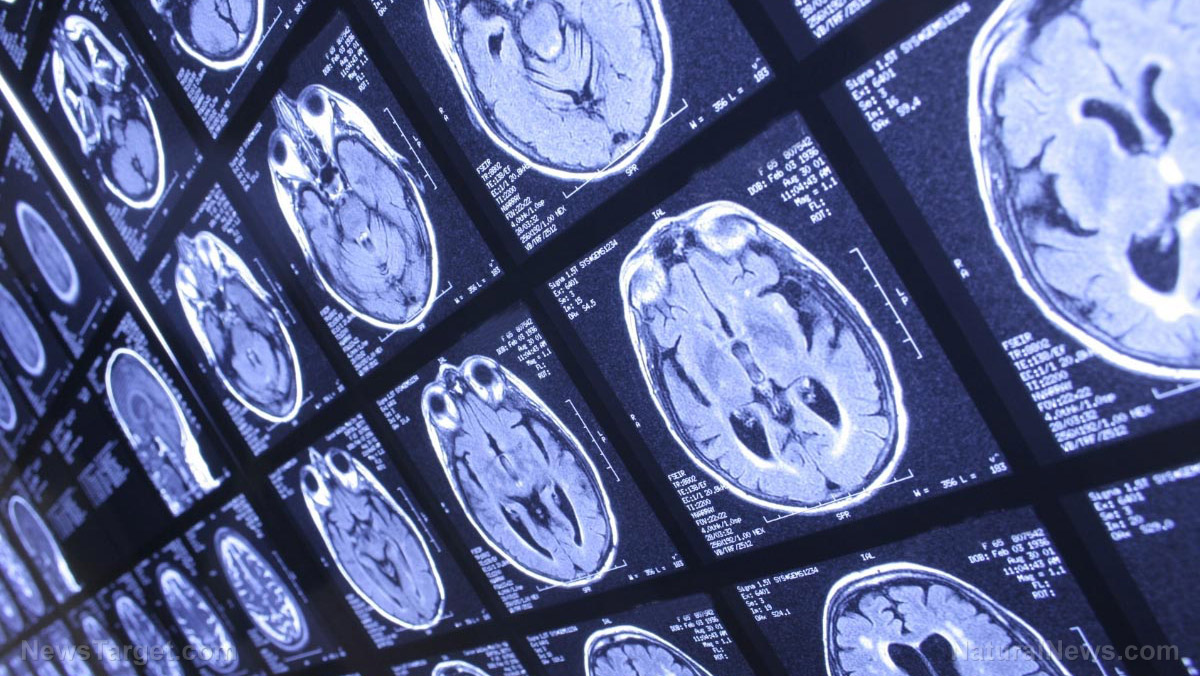Brain’s connection to immune system discovered: New study identifies lymphatic vessels on the brain
10/21/2018 / By Rhonda Johansson

“We literally watched people’s brains drain fluid into these vessels,” said Daniel S. Reich, senior investigator at the National Institutes of Health (NIH), as he was asked to explain the latest findings of his long-sought research. Dr. Reich and his team were understandably nervous but proud of their work as they published their new study, which is the first to empirically validate the presence of lymphatic vessels in the brain — an assumption that was first noted in 1816 but was disregarded by the medical community until now.
Lymphatic vessels are an integral communication network of the circulatory system. These vessels travel around the body carrying the lymph fluid which delivers white blood cells to various organs and drains harmful fluid to the lymph nodes. This process tells the immune system if an organ is under attack or is injured. This makes the lymphatic vessels very important in disease management.
These vessels have been observed to be present in every part of the body except in the brain. It was assumed that the brain didn’t have any — although this naturally raised the question of how the brain drained its waste products. Some people incorrectly reasoned that the brain was just unique this way.
Interestingly enough, an Italian anatomist wrote two centuries ago that the surface of the brain contained lymphatic vessels. The discovery, however, was forgotten until recently when neurologists noticed some discrepancies in brain scans. It was in 2015 that the suggestion that the brain could have lymphatic vessels was raised.
Dr. Reich was intrigued when he first heard of this and decided to test it for himself. He recruited five healthy volunteers and used an MRI to scan their brains after each participant had been injected with gadobutrol, a magnetic dye that many clinicians use to visualize brain blood vessel damage. Initial results were disappointing. The brain’s dura — the outer, leathery surface of the brain — lit up but showed no evidence of any lymphatic vessels. However, when Dr. Reich and his team tuned the scanner differently, they saw that the dura also contained smaller spots and lines which looked strikingly like the body’s lymphatic vessels.
The team performed another series of tests, this time using another magnetic dye with larger molecules. Results were consistent, with images showing small spots that suggested a waste system.
“These results could fundamentally change the way we think about how the brain and immune system inter-relate,” concluded Walter J. Koroshetz, M.D., director of the NIH’s National Institute of Neurological Disorders and Stroke (NINDS).
Implications in treatment options for neurological disorders
The new research is interesting not only because it lends towards a better understanding of the human body but that it could help neurologists treat patients suffering from disorders affecting the nervous system. For example, conditions such as multiple sclerosis are still not quite fully understood. This lack of understanding has led to various treatment methods that are — at best — only relatively effective. Patients suffering from the disorder can only hope to manage the condition. There are no cures yet for any neurological disorder.
Nonetheless, understanding how the brain and immune system communicate could influence preventive and treatment plans. If the brain does indeed have its own sewage system, damages to the lymphatic vessels could affect how the organ functions.
There are plans to conduct cohort studies on patients with neurological disorders and to see how the disorder affects (or is affected by) the function of the brain’s lymphatic vessels.
See ImmuneSystem.news for more coverage of immunology.
Sources include:
Tagged Under: Brain, brain health, brain vessels, immune system, lymphatic vessels, mental health, multiple sclerosis, neurological disorders, neurology



















